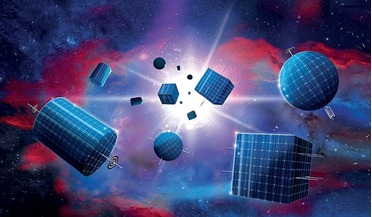 August 2017
Big science from small spacecraft
August 2017
Big science from small spacecraft
...cubesat kitchen cabinet’ has helped to conceive some new, exciting science missions using deep space cubesats and nanosats It is common enough for deep space missions to use a gravity assist manoeuvre at Venus to provide a boost in velocity to propel...
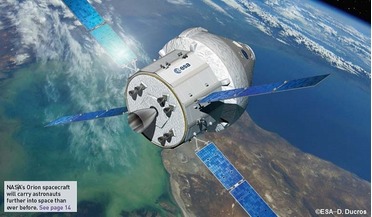 02 December 2014
Orion service module contract for Airbus
02 December 2014
Orion service module contract for Airbus
...OMS engine and other thrusters, allowing the Orion to manoeuvre during its future deep space missions to asteroids, the Moon and eventually to Mars. As part of an... hopes of obtaining an ESA astronaut’s seat aboard a future Orion deep-space mission.
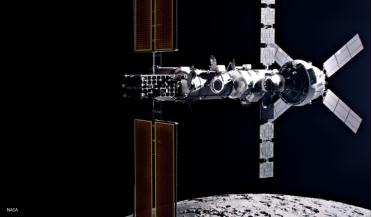 April 2025
Racing to the Moon
April 2025
Racing to the Moon
... Mengzhou (‘Dream Vessel’) was flight tested as early as May 2020. Intended for deep space missions and to replace the current crew transport for China’s space station, it includes a reusable crew module and an expendable service module. A lander...
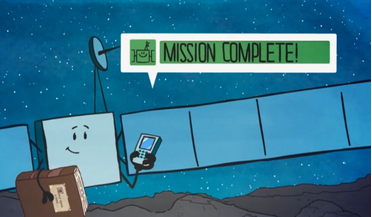 30 September 2016
Historic Rosetta mission ends
30 September 2016
Historic Rosetta mission ends
... Alvaro Giménez, ESA's Director of Science. "Rosetta was on the drawing board even before ESA's first deep-space mission, Giotto, had taken the first image of a comet nucleus as it flew past Halley in 1986. The...
 September 2025
AI cybersecurity - challenges in space
September 2025
AI cybersecurity - challenges in space
... stakes are undeniably high, encompassing the integrity of critical global infrastructure, the success of ambitious deep-space missions and the safety of future human endeavours beyond Earth. Addressing these AI-specific vulnerabilities is not merely...
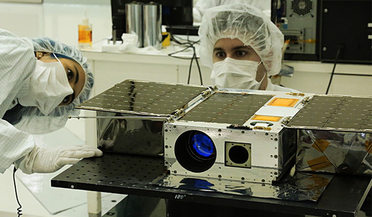 23 April 2018
CubeSats lead the way for new NASA missions
23 April 2018
CubeSats lead the way for new NASA missions
... something that could potentially reach other planets in just a matter of years rather than decades, the future of deep space missions is looking decidedly small…